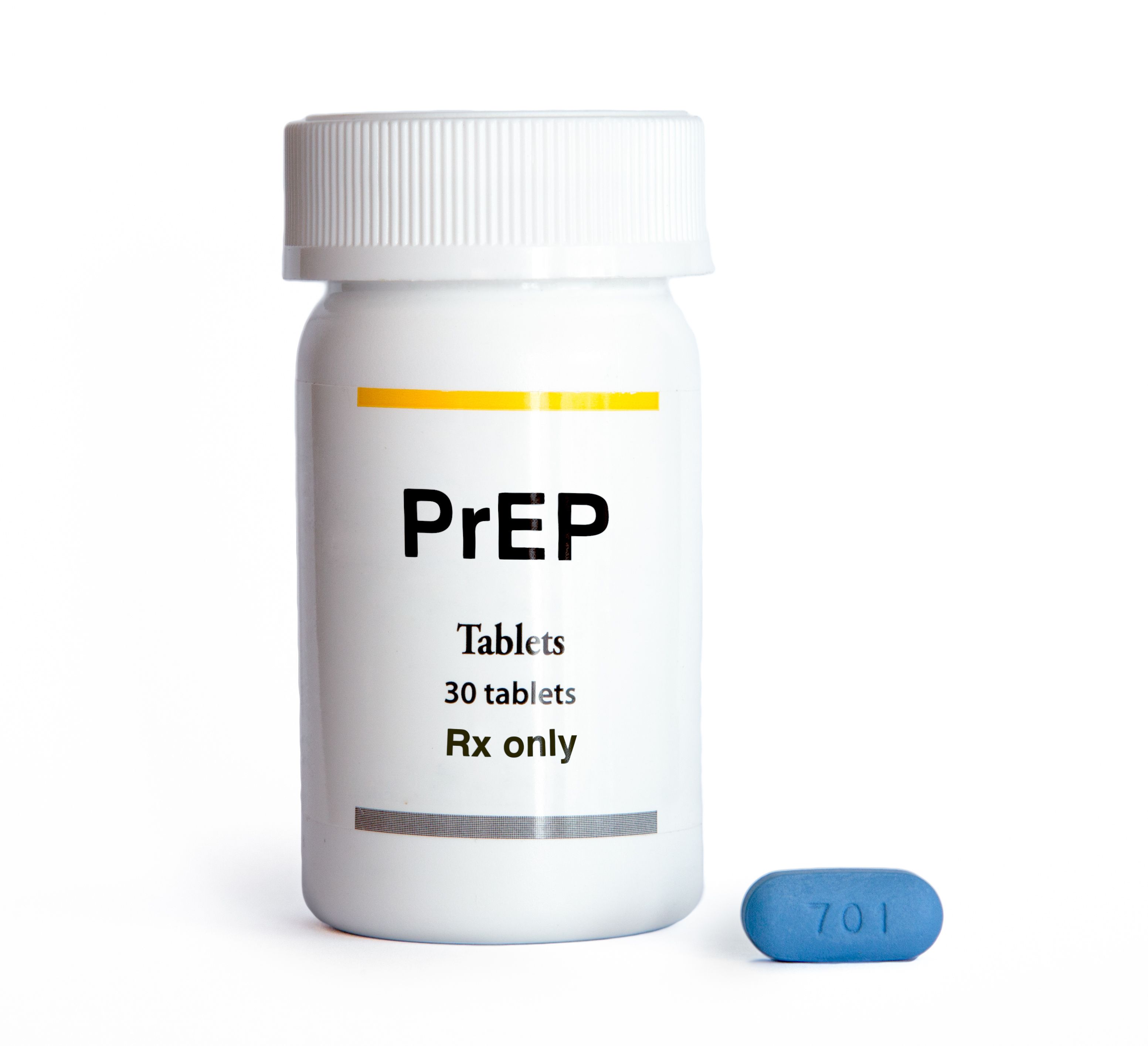- Center on Health Equity & Access
- Clinical
- Health Care Cost
- Health Care Delivery
- Insurance
- Policy
- Technology
- Value-Based Care
Improved Knowledge, Access to PrEP Needed in Transgender Youth
A recent study found that transgender and gender non-binary adolescents and young adults had limited knowledge and access to pre-exposure prophylaxis (PrEP).
Both providers and transgender and non-binary (TGNB) adolescents and young adults (AYA) require more knowledge about pre-exposure prophylaxis (PrEP), according to a study published in Frontiers in Reproductive Health. This knowledge would help to improve access and identify potential candidates for PrEP.
Patients who identify as TGNB are disproportionately affected by HIV compared with their peers, with transgender individuals 3 times more likely to have a new HIV diagnosis compared with the general population. These disparities are even worse in racial minority populations. HIV prevention strategies for AYA are important in order to decrease the incidence of HIV infections, but it is unknown how much awareness and engagement TGNB AYA have. This study aimed to evaluate the awareness, utilization, and preferences of TGNB when it came to PrEP.
Pre-exposure prophylaxis | Image credit: ulricgiezendanner - stock.adobe.com

All patients were between the ages of 15 and 24 years. All participants were set to take an anonymous survey that would evaluate their engagement in the continuum of care for PrEP and if there were any barriers to using it. All patients were from the 7 institutes located in the University of California San Diego, Rady Children’s Hospital, Children’s Hospital of Philadelphia, Lurie Children’s Hospital of Chicago, Children’s Hospital Los Angeles, Oregon Health and Science University Hospital, and West Virginia University medicine Children’s Hospital. The distribution of PrEP was common in these clinics.
Patients were included if they were between 15 and 24 years old, spoke English, received gender-affirming care, and identified as either transgender or non-binary. All patients were recruited between December 2021 and November 2022. Flyers with a QR code linking to the survey were passed to all patients. There were 26 questions in the survey, of which there were questions regarding sociodemographic data, sexually transmitted illness history, awareness and usage of PrEP, the willingness to use PrEP, and if there were any barriers to its usage. Participants in the survey received a $10 gift card. The surveys were screened for duplicates based on similar IP addresses and responses.
There were 156 submissions used for this study. The participants had a mean age of 18 (SD, 2.8) years. The participants were primarily female at birth (76%) and 40% identified as male. Non-Hispanic/Latinx participants made up the majority of the participants (67%) followed by White non-Hispanic (51%). More than half of the participants were in high school (51.3%) and the majority had stable housing (82.1%). A total of 51% of participants were on hormone therapy and 45% were sexually active within the previous 12 months.
A total of 67% of participants had heard of PrEP prior to the survey; 69% of the sexually active participants had heard of PrEP previously. Participants were more likely to have heard of PrEP if they were non-Hispanic/Latinx compared with Hispanic/Latinx patients (73% vs 53%).
Only 12% of participants had spoken to their medical provider about starting PrEP within the previous 3 months—4% who were currently taking it, and 3% who had taken the medication in the past. Most of the participants who were not taking PrEP (61%) knew of a medical provider who would be able to prescribe it. A total of 51% of the participants reported that they weren’t sure if PrEP was right for them, although 44% of participants reported that they would take PrEP if it was free and their parents didn’t know about it. A total of 47% of participants who did not believe they needed PrEP were sexually active within the previous year. Most participants (61%) believed that they didn’t need PrEP.
There were some limitations to this study. These results may not be generalizable to all TGNB AYA due to the small sample size. Pediatric gender health clinics were the only location where the survey was promoted, which led to getting participants who had more access to health care. It was also distributed in gender health centers in areas with less restrictive laws when it came to gender affirming care, which could have skewed the results. The survey was in English and could be accessed on a smart phone, which could have limited the participation. There was also an underrepresentation of Black participants in this study. Facilitators of PrEP uptake were not identified.
The researchers concluded that more education on PrEP is needed for both TGNB AYA and providers to improve their knowledge as well as allow providers to identify potential candidates for the treatment. Misconceptions about the use of the treatment could be cleared up in this population with more education. The authors added that “future studies examining reasons for slow uptake of PrEP as well as engaging Black and Latinx TGNB AYA to develop interventions for PrEP engagement are needed.”
Reference
Rodriguez A, Horvath KJ, Dowshen N, et al. Awareness and utilization of pre-exposure prophylaxis and HIV prevention services among transgender and non-binary adolescent and young adults. Front Reprod Health. Published online January 22, 2024. doi:10.3389/frph.2023.1150370
